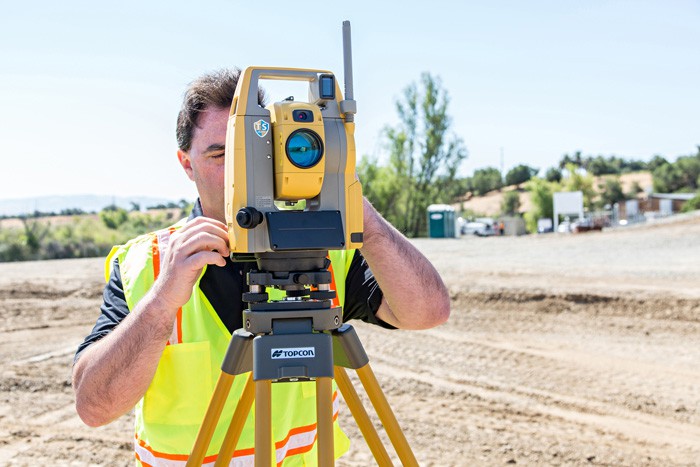BIM adoption in Ireland is definitely on the up, with an increasing number of construction sites taking on the new technology. John Foster, BIM business manager at Topcon, discusses what is influencing this growth and what it means for the future of Ireland’s construction industry.
Building Information Modelling (BIM) in Ireland is gaining a lot of momentum. Mandates may loom on the other side of the Irish Sea, but a growing adoption of BIM isn’t exclusive to the UK. Spurred on by its neighbouring countries, Ireland is seeing an increasing number of AEC businesses turn their heads to new technologies to refine their workflows and offer their own Level 2 BIM services.
This is only encouraged by a buzz of BIM talk across the industry which seems to stems from a spike in industry events, technological developments and fascinating on-site case studies. In October, for example, Ireland played a key part in London’s very first Digital Construction Week. The event brought together AEC professionals in a celebration of the latest technology and software. It was also a recognisable milestone for Ireland, with the reception hosted by Enterprise Ireland at the Irish Embassy in London.
This milestone was echoed by the launch of the very first national survey to benchmark BIM adoption in Ireland from Enterprise Ireland and CitA. The report revealed a 75 per cent increase in the Irish demand for BIM and, according to the findings, 67 per cent of respondents also said they were confident that the industry could deliver BIM effectively .
BIM is now a hot topic across the Irish construction industry, and it doesn’t look like it will be cooling down any time soon. But what does BIM actually mean for the industry and why is its adoption so important to future construction in Ireland?
In November, Topcon exhibited at the 2015 CitA BIM Gathering: An Integrated Future. The two day conference took place in Dublin and played host to some of world’s most respected authorities in the field of BIM. At the event, I had the pleasure of presenting on the topic of an integrated BIM process for layout and validation – demonstrating how smarter workflows can be applied to the setting out process.
BIM is all about collaboration, joining up workflows from start to finish so that everyone involved is working from the same page – bridging the gap between software and hardware. A key part of this is strategic partnerships between manufacturers that allow intuitive integration between the computers in the office and the machines out in the field.
This is what Topcon has been working to achieve with Autodesk in a partnership that’s designed to drive new, more efficient workflows by making our kit and its software work hand-in-hand. The Layout Navigator (LN-100) was Topcon’s first step into these new integrated BIM processes with Autodesk. It introduces a seamless flow of project data from the design to the field by using BIM co-ordinate information.
Layout Navigator users can connect to Autodesk’s cloud-based models on an iPad using Autodesk BIM 360 tools. Model-driven layout and as-built verification can then be performed directly by using mobile apps in the field. This allows accessible, collaborative and more accurate positioning and verification – with reduced errors leading to less rework.
This has an immediate effect on productivity and precision in all building layout activities.
While previously it would take a team of two using traditional techniques, a single user can now double the number of points being laid out each day by optimising their workflow through the use of BIM. This level of integration is something that Topcon is keen to introduce to more of its products. The DS-200i, for example, now also offers compatibility with Autodesk BIM 360 tools, making it the second total station from Topcon to benefit from the partnership with Autodesk.
We’re seeing a lot of movement across the industry to these new methods as more construction sites invest in BIM technologies. Topcon is currently working with a number of major contractors across the UK and Ireland to implement BIM and the results are faster, more accurate and more accessible processes. As the pressure to reach Level 2 BIM grows in the UK, it’s inevitable that we’ll see more contractors in Ireland move in the same direction. We might not be facing mandates any time soon, but if Ireland is to maintain a position on BIM’s global stage then we need to continue raising awareness of these new technologies by introducing them into our workflows.




